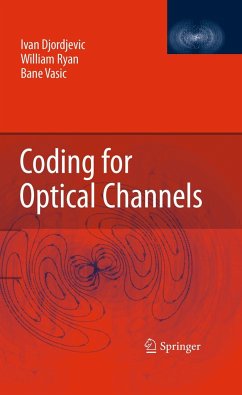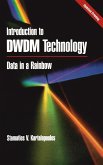In order to adapt to the ever-increasing demands of telecommunication needs, today's network operators are implementing 100 Gb/s per dense wavelength division multiplexing (DWDM) channel transmission. At those data rates, the performance of fiberoptic communication systems is degraded significantly due to intra- and inter-channel fiber nonlinearities, polarization-mode dispersion (PMD), and chromatic dispersion. In order to deal with those channel impairments, novel advanced techniques in modulation and detection, coding and signal processing are needed.
This unique book represents a coherent and comprehensive introduction to the fundamentals of optical communications, signal processing and coding for optical channels. It is the first to integrate the fundamentals of coding theory with the fundamentals of optical communication.
This unique book represents a coherent and comprehensive introduction to the fundamentals of optical communications, signal processing and coding for optical channels. It is the first to integrate the fundamentals of coding theory with the fundamentals of optical communication.
From the reviews:
"This book covers a tremendous amount of ground. It is concerned primarily with the fundamentals of optical communications, digital signal processing and coding for optical channels. A particular strength of the book is its careful treatment of joint coding and modulation for optical communications. ... The exposition is very clear and comprehensive. It should be most valuable to graduate students who are seeking to acquire the broad background knowledge needed to become successful researchers or engineers in optical and wireless communications." (Christian Brosseau, Optics & Photonics News, May, 2011)
"This book covers a tremendous amount of ground. It is concerned primarily with the fundamentals of optical communications, digital signal processing and coding for optical channels. A particular strength of the book is its careful treatment of joint coding and modulation for optical communications. ... The exposition is very clear and comprehensive. It should be most valuable to graduate students who are seeking to acquire the broad background knowledge needed to become successful researchers or engineers in optical and wireless communications." (Christian Brosseau, Optics & Photonics News, May, 2011)









